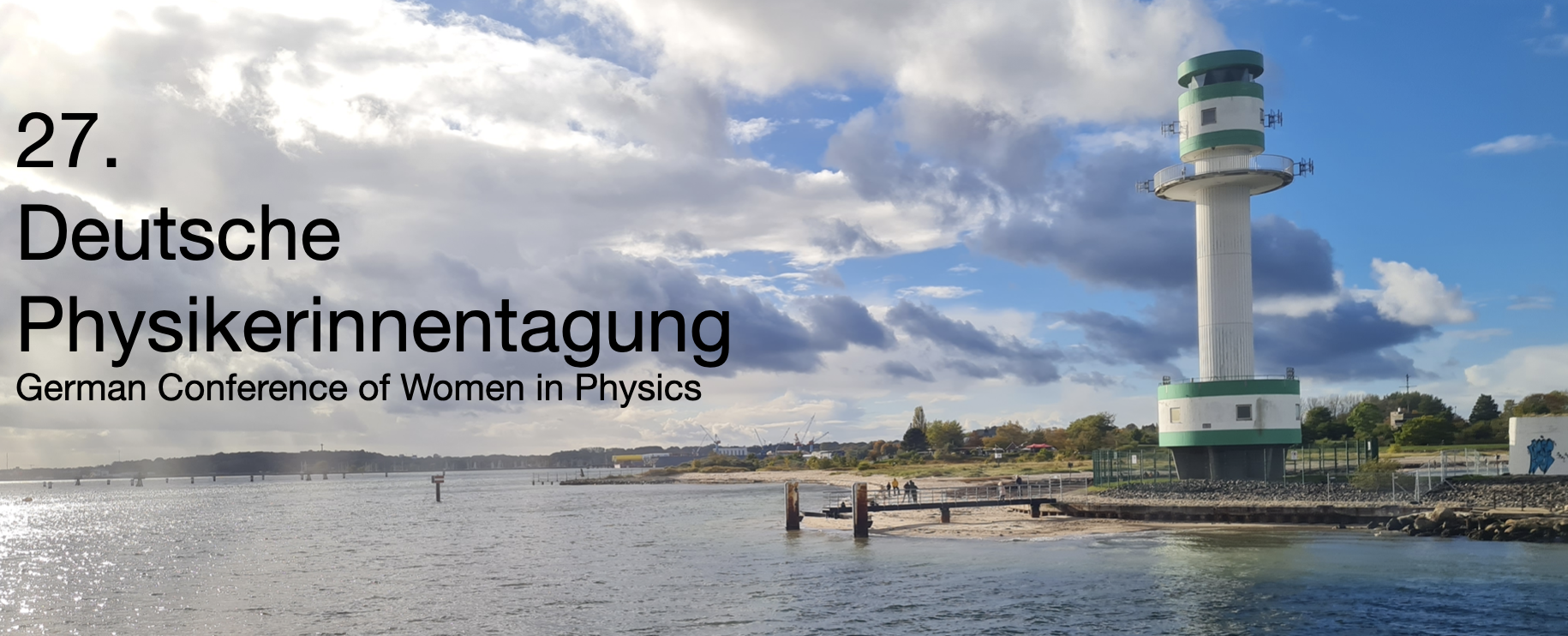Speaker
Description
Polaritonic quasiparticles in two-dimensional (2D) materials have emerged as a powerful platform for studying light–matter interactions and mediating novel photon- and phonon-driven correlations between electronic excitations. In this work, we employ electron beam-based techniques to probe exciton and plasmon polaritons across a diverse set of 2D materials, including transition metal dichalcogenides, perovskites, hexagonal boron nitride, borophene, and hybrid heterostructures.
By combining cathodoluminescence and photoluminescence spectroscopy, we investigate how electron and photon excitations differ in their ability to access polaritonic modes—shedding light on distinct selection rules and excitation pathways. Furthermore, we apply a recently developed technique that leverages electron-driven photon sources inside a transmission electron microscope to perform Ramsey-type ultrafast spectroscopy. This enables us to directly measure the temporal coherence of polaritonic CL emission from exciton polaritons (Nature Physics 19, 869–876 (2023)) and defect states in hBN (Nature Communications 16, 2326 (2025)).
These findings demonstrate the potential of electron-beam spectroscopy as a uniquely powerful tool for accessing ultrafast and nanoscale polaritonic dynamics in 2D systems, with applications spanning coherent quantum optics, materials science, and nanophotonics.

